First-time visitors to Georgia often want a clear, stress-free introduction that balances culture, nature and everyday comfort. Many begin in Tbilisi, where the airport sits close to the city centre and the compact Old Town allows easy walking between the sulphur baths, Narikala cable car and riverside viewpoints. Sustainable travel here means choosing walkable routes, local cafés and small hotels that support the community. Short trips to Mtskheta add historical depth without long drives, while Kakheti introduces wine traditions through slower, guided visits that reduce unnecessary transport. Some travellers combine Tbilisi with Batumi, using efficient internal travel rather than multiple flights. At Friendly Turtle EcoBlog, we encourage first-time visitors to travel Georgia responsibly by pacing itineraries, staying in family-run guesthouses, joining small-group tours and respecting local ecosystems. These mindful choices help reduce environmental impact while still offering a rich, authentic experience of Georgia’s cities, landscapes and traditions.
Share your articles with us and get published! Reach out at hello@friendlyturtle.com.
Tropical Treasures: South American Avocado, Guava, Maracuya, Amazonian Pear
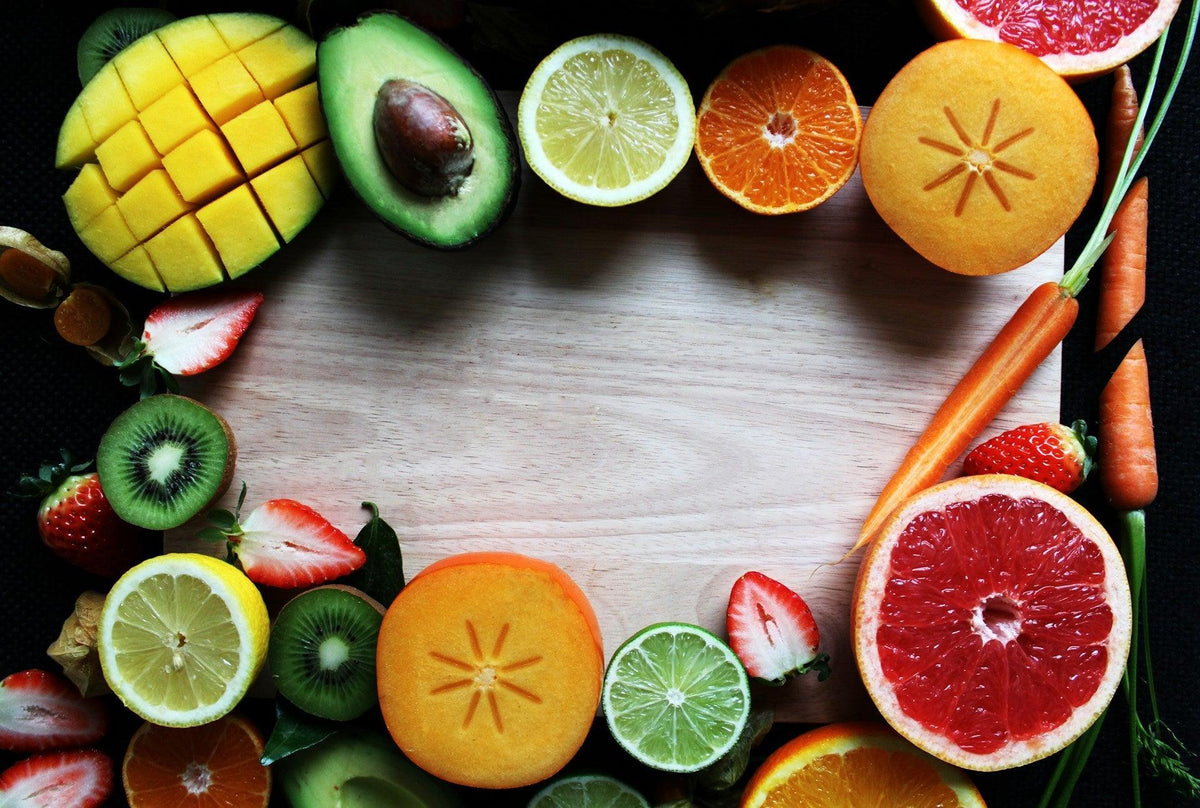
With the global gastronomic exchange that we have today, people have an opportunity to try food from various parts of the world. Thus, South American food is gaining popularity yearly, making gourmets use exotic fruits for cooking different dishes.
However, the main highlight of the cuisine is the fruits consumed daily by millions of people around the globe. You may not even think about it, but people tend to buy more South American fruits now without knowing where it comes from. For example, such fruit as avocado became popular today among the young and the old. Some people may even think that this large berry with a single seed inside grows in their country, confusing it with other fruits or vegetables that are more common for planting in their location.
Do you wish to know more about the South American fruits you eat daily to keep yourself healthy and fit? Here is the list of the most widespread plants that grow in such countries as Mexico, Peru, Argentina, Columbia, and others. Most of the ingredients you utilize for cooking at home might consist of tropical fruits that are now widely used globally. Thankfully, with the excellent food exchange in the world, we can add more tasty dishes and great recipes to our daily meals.
Avocado - From Breakfast to Dinner
Do you know anyone who isn't familiar with this plant? Probably not, as more and more people prefer to add avocado to their meals. Even if you haven't tried it yet, you have at least seen it in your supermarket. Some people replace olives with avocado, as this splendid little fruit contains similar fatty acids that are so good for our health. No wonder those who try to lead a healthy lifestyle consume it daily, adding to various dishes and homemade meals. You may also be surprised that this little plant can make you feel full longer without making you want to have a little snack between meals. So, if you eat it daily, as many people do today, you can be sure it brings you only benefits and helps you maintain healthy digestion.
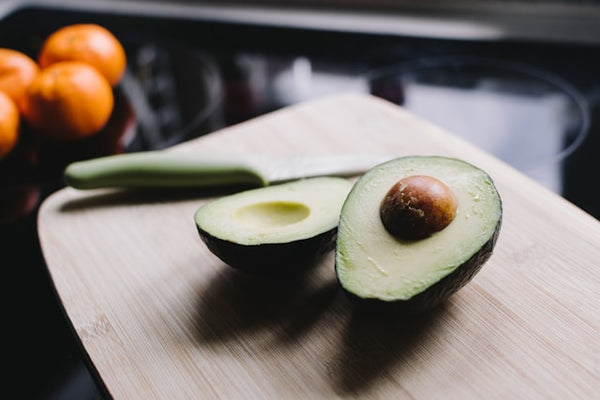
Guava - A Sweet Fusion of Health and Flavor
Guava has spread to other countries after people tried this product and noticed its particular benefit on health. Thus, eating guava can positively affect your body by lowering blood pressure and decreasing bad cholesterol. So, almost everybody is familiar today with this sweet fruit, which tastes like a strawberry and a pear. So, once you are stuck in the food store and don’t know what kind of guava to choose, you can try each type, as they may differ in sweetness a little.
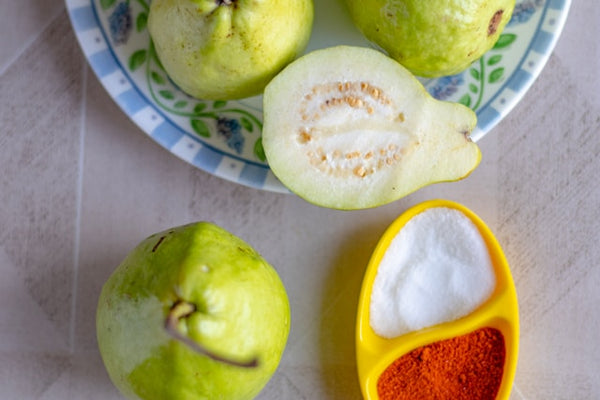
Maracuya - Tropical Bliss
Maracuja is also known as yellow passion fruit. It can be hard to imagine even a day without this fabulous plant. At least the flavor of maracuja is so popular worldwide it can be added to any dish, from salads to cakes and icecreams. The most commonly used maracuja dish is a smoothie or juice that people buy on the way to work or school. Even kids can’t stay indifferent to this beautiful fruit that can be either sweet or sour, depending on the kind. It is so easy to eat with its crunchy, jelly-like flesh that is so refreshing, especially on a hot day.
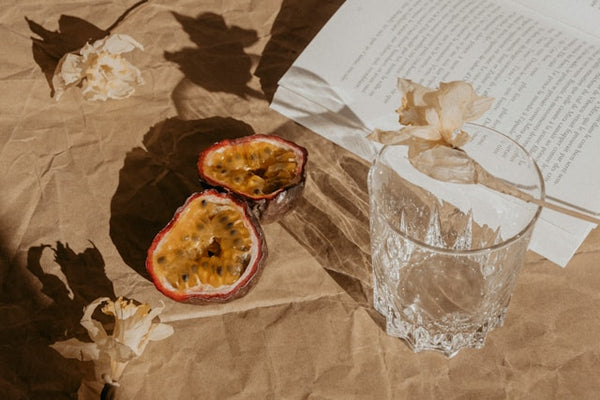
Amazonian Pear (Araza) - A Tropical Delight
Many people switched their local pears into Amazonian ones, as their pleasant aroma adds incredible taste to any dish you cook with it daily. In addition, Araza is a bright yellow when it’s ripe. So, you will never confuse it with any other fruit in the supermarket. However, the plant can differ in taste when preparing a meal. Thus, some people prefer to follow a particular instruction when utilizing this fruit in their cooking.
As you already understand, it is hardly ever eaten raw, so you would better make it steamed or baked, mixing Araza with your favorite vegetables. You can also try to make the most delicious jam or marmalade with it to impress your friends at the party. What can be better than a healthy and sweet treat to boost your mood?
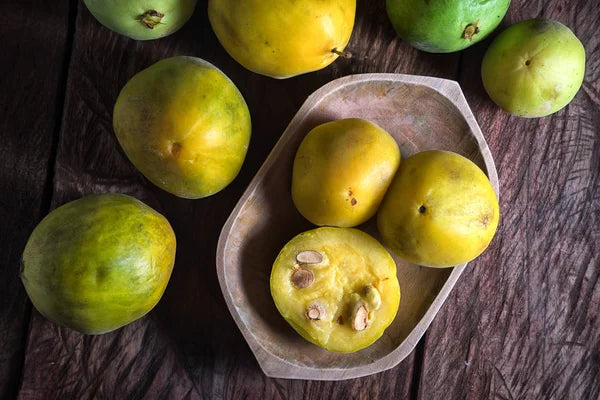
If you are a student and writing an essay on a food topic, the following content may become handy. However, if you need more specific information concerning the subject, use additional resources for more detailed analyses. You can also turn to a writing service to help you with the most complex papers. Can writepaperforme help with professional writing on metrics and other tasks? Check the link for more!
0 comments
Let customers speak for us
Blog posts
A calm, multifunctional garden can be more than a pretty backdrop it can become a practical extension of your home that supports slow mornings, outdoor meals, and genuine downtime. In this Friendly Turtle EcoBlog guide, we look at simple, sustainable ways to shape an outdoor space that feels organised, welcoming, and easy to use throughout the week. Start by creating clear “zones”: a quiet seating corner for reading, a dining spot for relaxed lunches, and a flexible open area for play or potting. Light-touch structures, such as an airy pergola or a sheltered veranda, add definition without blocking daylight, making the garden usable in changeable weather. Keep the mood restful with layered planting: evergreens for year-round structure, seasonal flowers for colour, and lightly scented herbs near paths. Choose reclaimed or recycled materials where possible, add soft warm lighting, and reduce water waste with mulch and a simple rainwater butt. The result is a garden that feels calm, functional, and kinder to the planet.
Finding the right mental health support in Woodland Hills starts with checking credentials, treatment approach and access to care. Look for licensed clinicians with training in evidence-based therapies such as CBT or DBT, and ask whether programmes offer coordinated psychiatry, talking therapy and crisis support when needed. The best providers also explain your options clearly, from outpatient sessions to more structured day programmes, and may include complementary practices that support recovery, such as mindfulness, movement and nutrition guidance. At Friendly Turtle EcoBlog, we often explore how everyday choices shape wellbeing; this guide applies the same practical lens to mental health care, helping you compare services, understand what ‘holistic’ really means, and choose a setting that feels safe, respectful and tailored to your needs. It also highlights practical questions to ask about availability, confidentiality, fees and insurance, so you can make a confident, informed decision.



